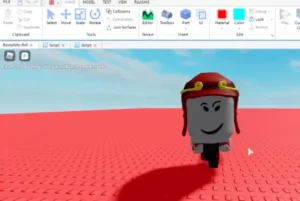Types of virtual reality

Non-immersive
Non-immersive simulations are the least immersive implementation of virtual reality technology. In a non-immersive simulation, only a subset of the user’s senses are stimulated, allowing for a peripheral perception of reality outside of the virtual reality simulation. Users enter these three-dimensional virtual environments through a portal or window using standard high-resolution monitors powered by the processing power typically found in conventional desktop workstations.
Semi-immersive
Semi-immersive simulations provide a more immersive experience, where the user is partially but not fully immersed in a virtual environment. Semi-immersive simulations closely resemble and use many of the same technologies found in flight simulation. Semi-immersive simulations run on high-performance computer graphics systems, which are often combined with large-screen projector systems or multiple television projection systems to properly stimulate the user’s imagery.
Fully immersive
Fully immersive simulations provide the most immersive implementation of virtual reality technology. In a fully immersive simulation, hardware such as head-mounted displays and motion sensing devices are used to stimulate all of the user’s senses. Fully immersive simulations can provide very realistic user experiences by offering a wide field of view, high resolutions, higher refresh rates (also called refresh rate) and high contrast levels on a user’s head-mounted display (HMD).
We are just a few days away from our Winter Camp, if you haven’t registered your child yet, you still have time!
More To Explore

Why Children Should Learn To Program
Learning to program stimulates creativity, teamwork and problem solving. “studies show: children who study computer

Gen Z and its influence on the metaverse: playing Roblox
A few years ago, you would have been hard pressed to find websites, Early on, Minecraft…
